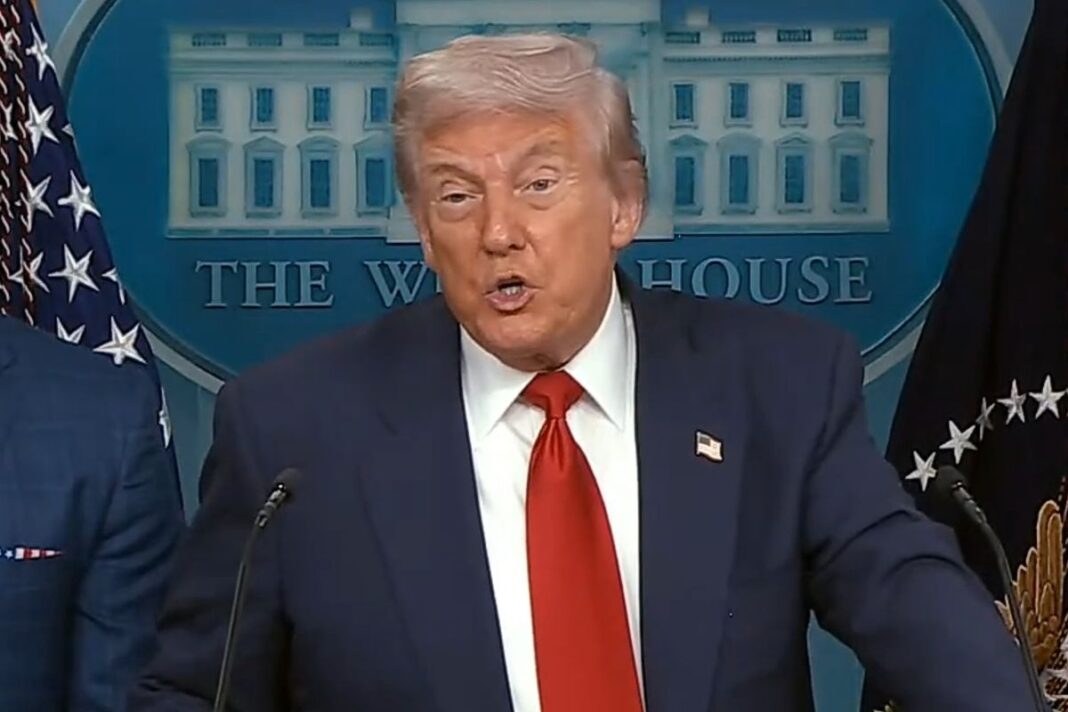The award came with a certificate and two presidential-type emblems, one that could be sewed on to a dungaree jacket that was popular at the time and the other, a sticker. It was quite the booty for a Catholic grade school kid who yearly passed the Presidential Physical Fitness test a half century ago.
A generation before in 1953, a study by Dr. Hans Kraus and Bonnie Prudden revealed nearly 58% of American children failed basic mobility and flexibility tests. The findings fueled Cold War anxieties that America was lagging not only in intellectual rigor thanks to the launch of Sputnik, but also in physical fitness. The fear wasn’t limited to laboratories and launchpads, but of a nation growing soft. The phrase “soft Americans” is anything but new and was featured in a 1960 essay in Sports Illustrated.
In response, President Dwight D. Eisenhower formed the President’s Council on Youth Fitness, with the first Presidential Physical Fitness Test administered in 1956. Physical education teachers administered the test annually. Designed to measure strength, endurance, and agility through events like the mile run, sit-ups, push-ups, and shuttle runs, awards were based on percentile rankings, with those who scored in the top 15% received the Presidential Physical Fitness Award.
As America embraced the participation trophy era, critics multiplied like mosquitos saying the fitness test created anxiety and fear among students who were less athletically inclined. Detractors argued the test failed to accommodate different body types, abilities, and socioeconomics. Surprising no one, the test was replaced in 2012 by President Barack Obama and substituted with the Presidential Youth Fitness Program (PYFP), which focused on personal progress that was more equitable and ended competitive standards.
Without competition so does the drive to stretch beyond comfort. Without clear benchmarks, discipline wanes and excellence becomes optional. Showering children with constant praise may feel affirming in the moment, but it risks dulling their resilience leaving them ill-equipped to face criticism or failure. Over time, they learn to expect applause for mere participation, trading grit for gratification.
In an era where screens reign supreme, prying kids away from their devices is a parenting marathon. After a generation of coddling, it’s time to resurrect some competitive spirit among America’s youth. Fitness challenges are the starting line and to get America’s youth moving one push-up at a time. In doing so and by executive order President Trump has revived the Presidential Physical Fitness Test.
The test is a structured set of physical challenges aimed at promoting health, discipline, and performance that embodies a traditional merit-based approach. Excellence is rewarded and competition is encouraged. The test has benchmarks based on age and gender consisting of five events: the mile run, sit-ups, push-ups or pull-ups, a shuttle race and a flexibility test with an expected nationwide rollout by Spring 2026.
Students who complete all test components will receive completion certificates, with top performers earning presidential awards.
You think this would be good news in a country that according to the Centers for Disease Control (CDC), one in five, children are obese. Children who engage in regular physical activity, whether through sports or structured exercise consistently show lower levels of anxiety and depression. They also have stronger self-esteem and outperform their less active peers in the classroom.
According to the Milken Institute, obesity, poor nutrition, and chronic illnesses cost Americans more than $1.4 trillion annually. The CDC reports that six in ten Americans live with at least one chronic disease. Many of these conditions are preventable: heart disease, diabetes, hypertension.
Like the old adage says, you can’t outrun a bad diet. A 2023 review published in the British Journal of Nutrition found that unhealthy dietary patterns high in sodium, saturated fats, and added sugars are strongly associated with chronic diseases. Even modest dietary improvements, such as a five percent reduction in body weight, can lead to healthcare savings and better health.
You can’t CrossFit your way out of a lifetime of frequent and poor drive-thru decisions. It is like trying to pay off your credit card debt by skipping your morning Duncan latte.
Exercise matters and so does what we put on our plates.
At least with our children, we are finally righting the physical education ship.







